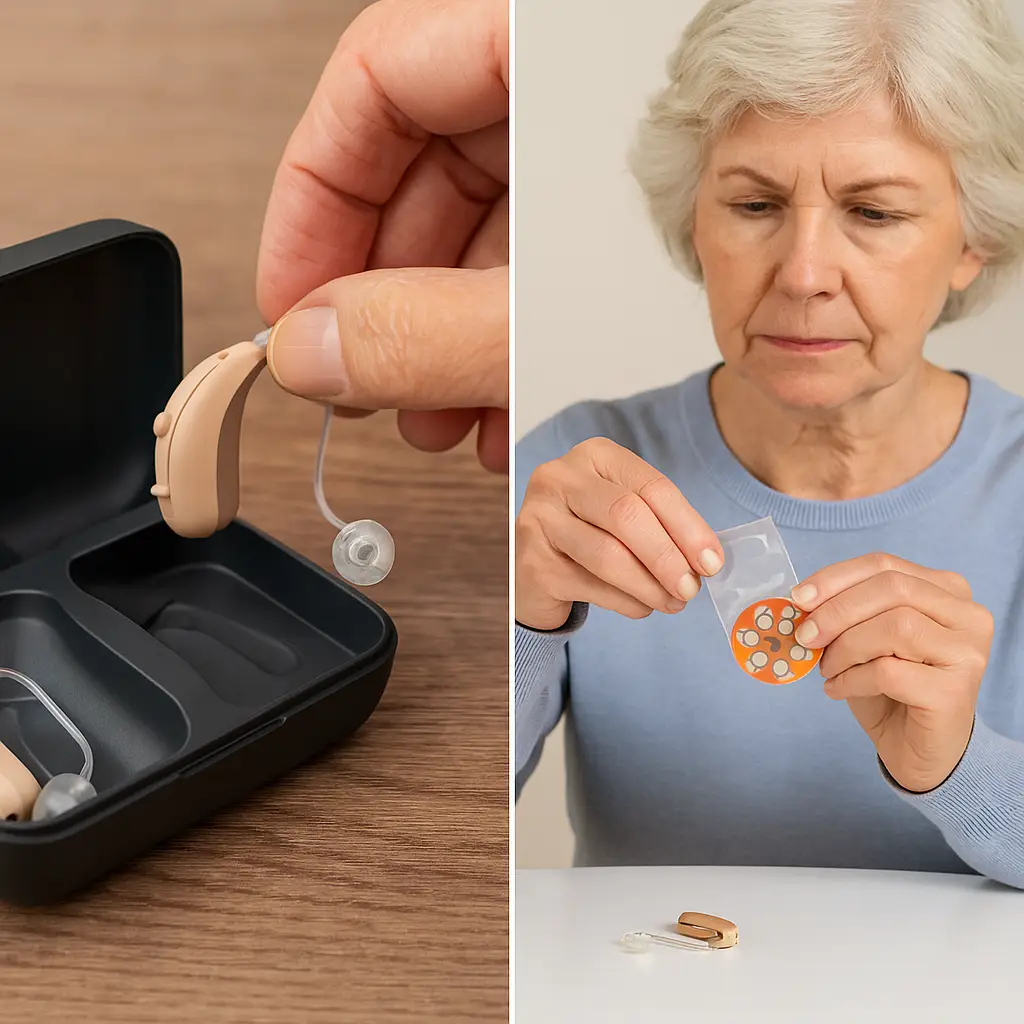What Is Conductive Hearing Loss?
Conductive hearing loss is one of the most treatable forms of hearing difficulty. Unlike other types, it often results from something blocking sound from getting through the outer or middle ear. Because of that, sound may seem muffled, like your ears are full of water.
Understanding conductive hearing loss can help you take the right steps toward better hearing. And the good news? Many people with this condition experience significant improvement with proper care.
What Causes Conductive Hearing Loss?
This type of hearing loss happens when sound can’t travel easily through the ear canal or middle ear. The problem might be as simple as too much earwax or fluid buildup from a cold. Sometimes, it can be caused by a small bone not moving correctly in the ear.
Other common causes include:
- Ear infections
- A perforated (torn) eardrum
- Fluid behind the eardrum
- Foreign objects in the ear
- Malformation of the ear canal or bones
Fortunately, in many cases, these problems can be corrected with medical treatment or prescription hearing aids.
How Does Conductive Hearing Loss Feel?
People often say it feels like having cotton in their ears. You may hear better in one ear than the other. Sometimes, you might hear your own voice louder than usual.
Other signs include:
- Muffled or softer sounds
- Sudden hearing changes
- Ear pain or pressure
- Trouble hearing low-volume sounds
If these symptoms sound familiar, don’t ignore them. Getting help from a hearing care provider can make all the difference.
Diagnosing Conductive Hearing Loss: What to Expect
A hearing care provider will gently examine your ears and check for blockages or infections. You’ll then take a hearing test in a quiet room to find out how well sound travels through your ears. This process is simple, quick, and painless.
If conductive hearing loss is found, the hearing care provider will explain your treatment options clearly and compassionately.
Treatment Options: Good News for Your Ears
Because conductive hearing loss often stems from a fixable issue, treatment can be highly effective. Some people may only need a minor procedure or medication. Others might benefit from prescription hearing aids to improve clarity and boost sound volume.
Ultimately, your hearing care provider will guide you toward the best path forward—without any pressure or confusion.
Why You Shouldn’t Wait
Even if the issue seems small now, untreated hearing problems can impact your mental health and quality of life. For example, you might begin avoiding conversations or feel frustrated during family gatherings. But with the right help, you can enjoy clearer, more connected moments again.
Also, when left untreated, conductive hearing loss can sometimes get worse over time—especially if there’s an ongoing infection or blockage. However, early treatment can often reverse the problem or stop it from progressing.
That’s why it’s so important to talk with a hearing care provider sooner rather than later. You deserve to feel confident in conversations, relaxed in social settings, and connected to the world around you.
After all, hearing clearly isn’t just about sound—it’s about staying close to the people and things you love.
Helpful Resource
- National Institute on Deafness and Other Communication Disorders (NIDCD) – A trusted source for information on all types of hearing loss.



